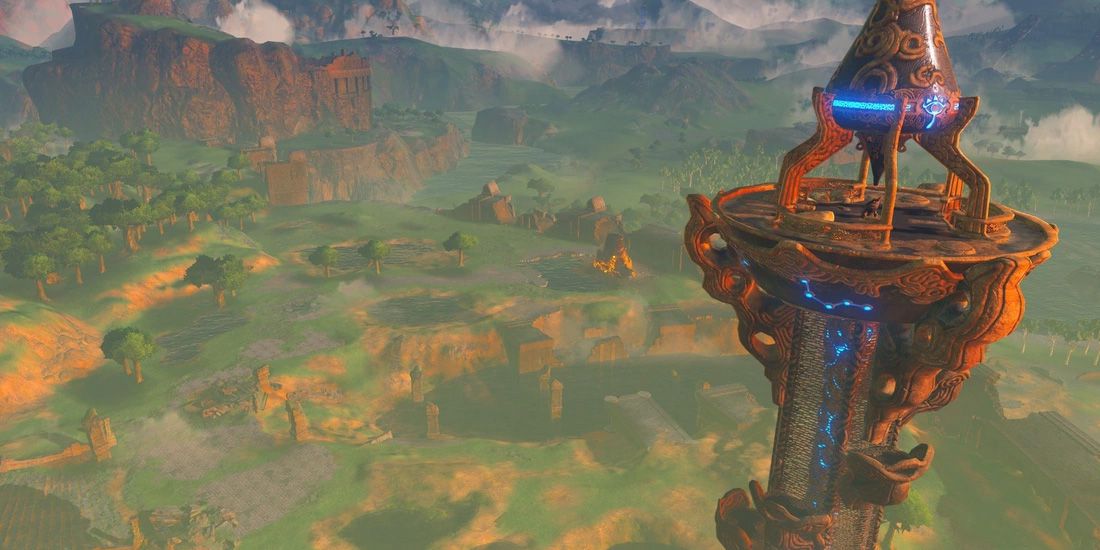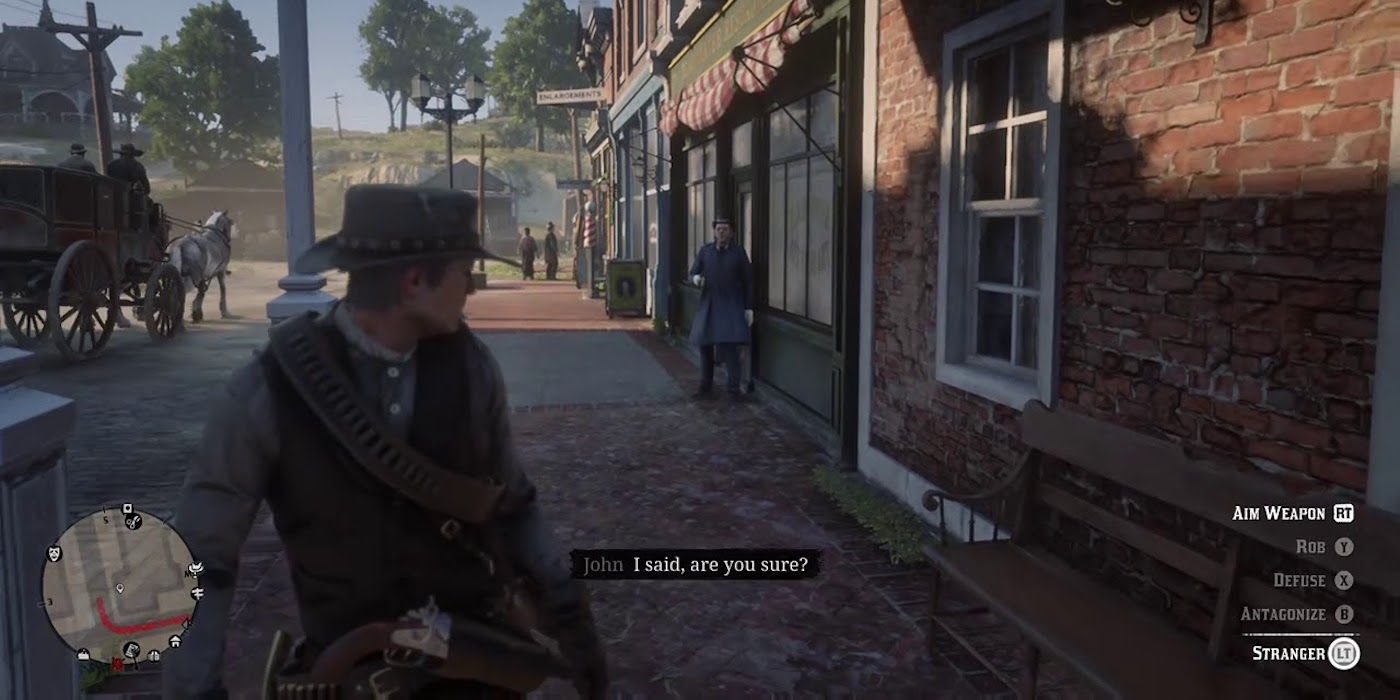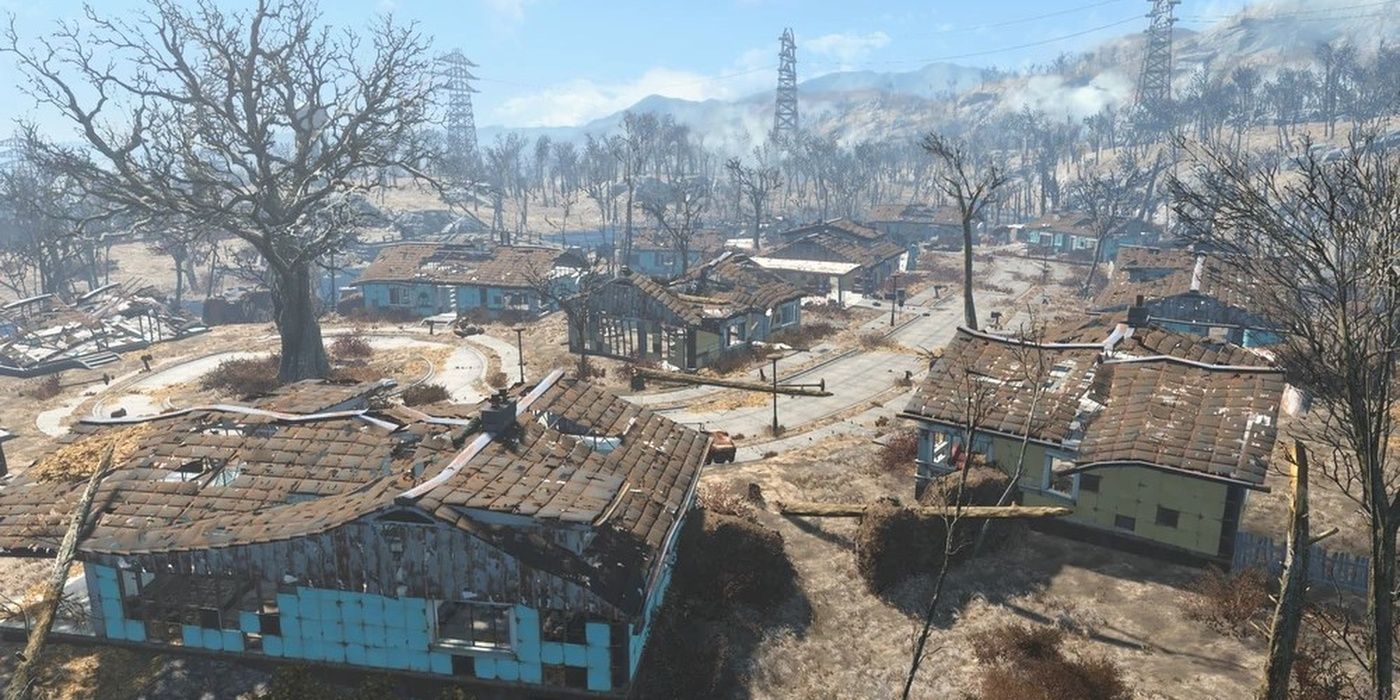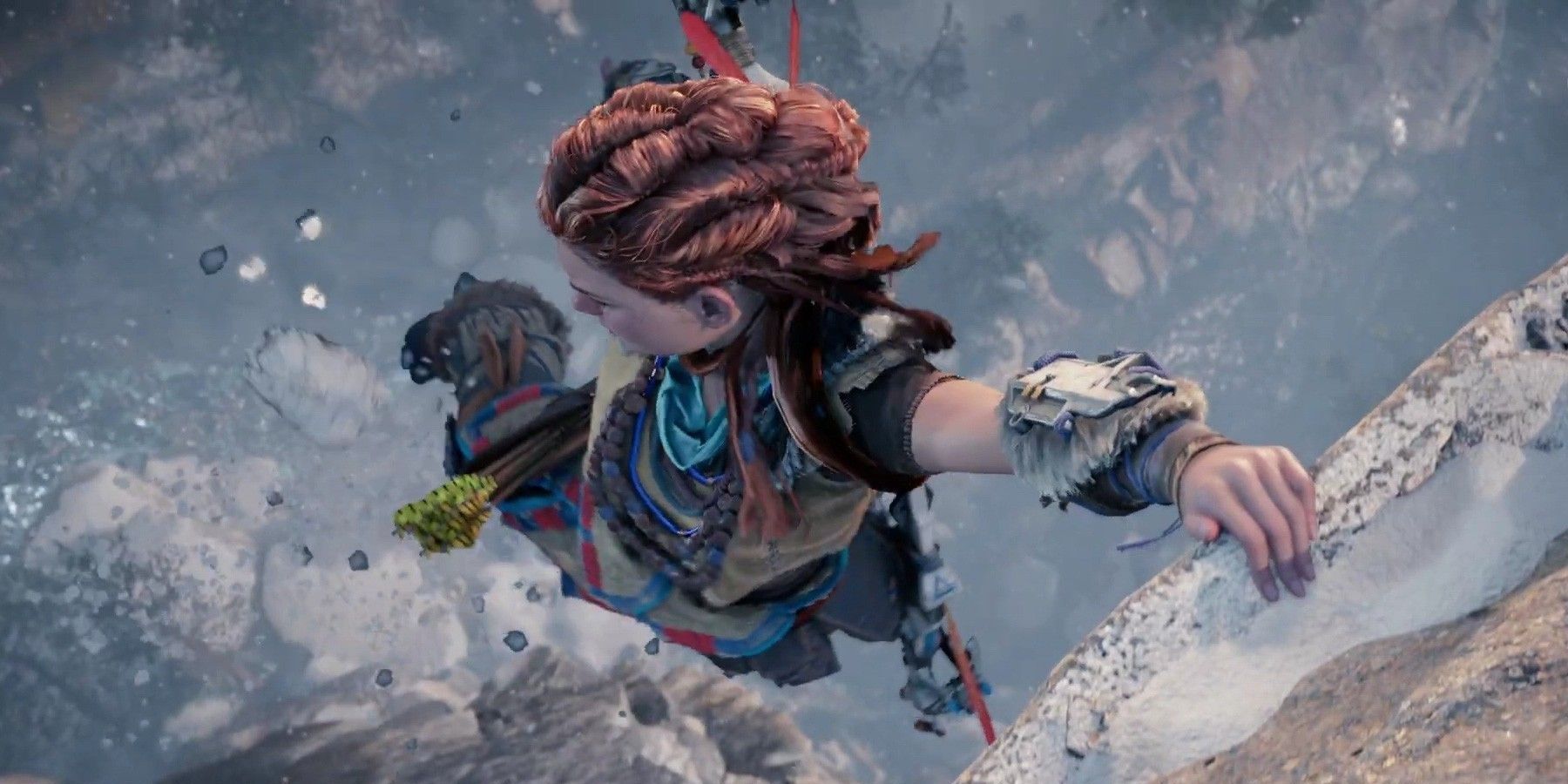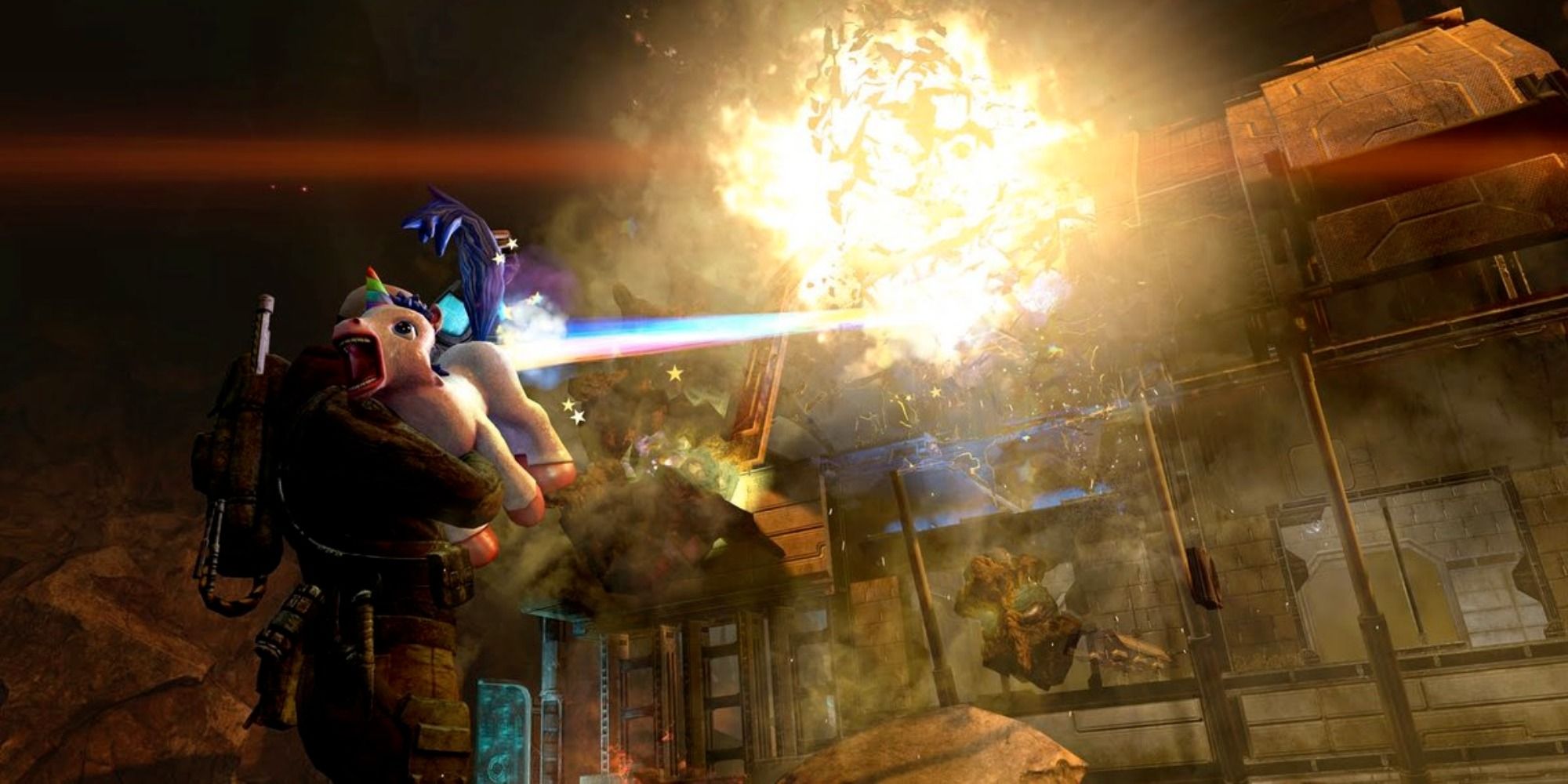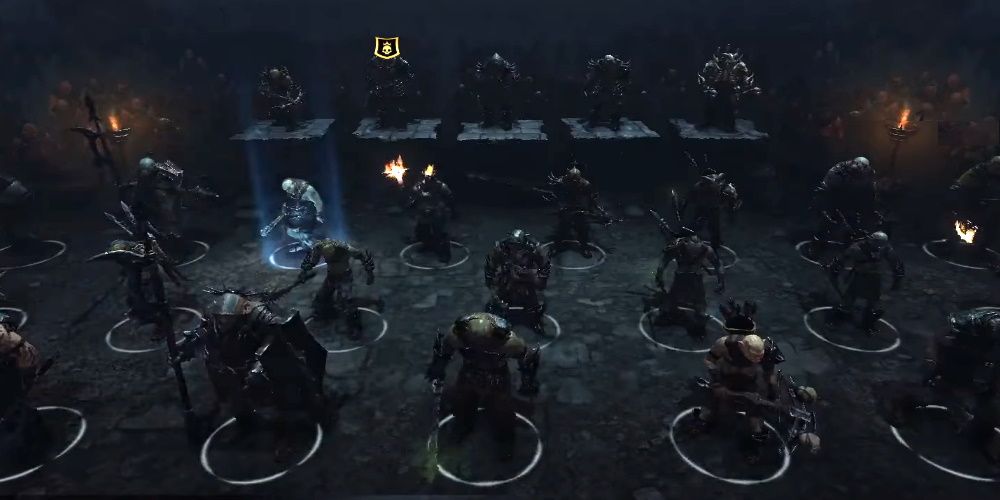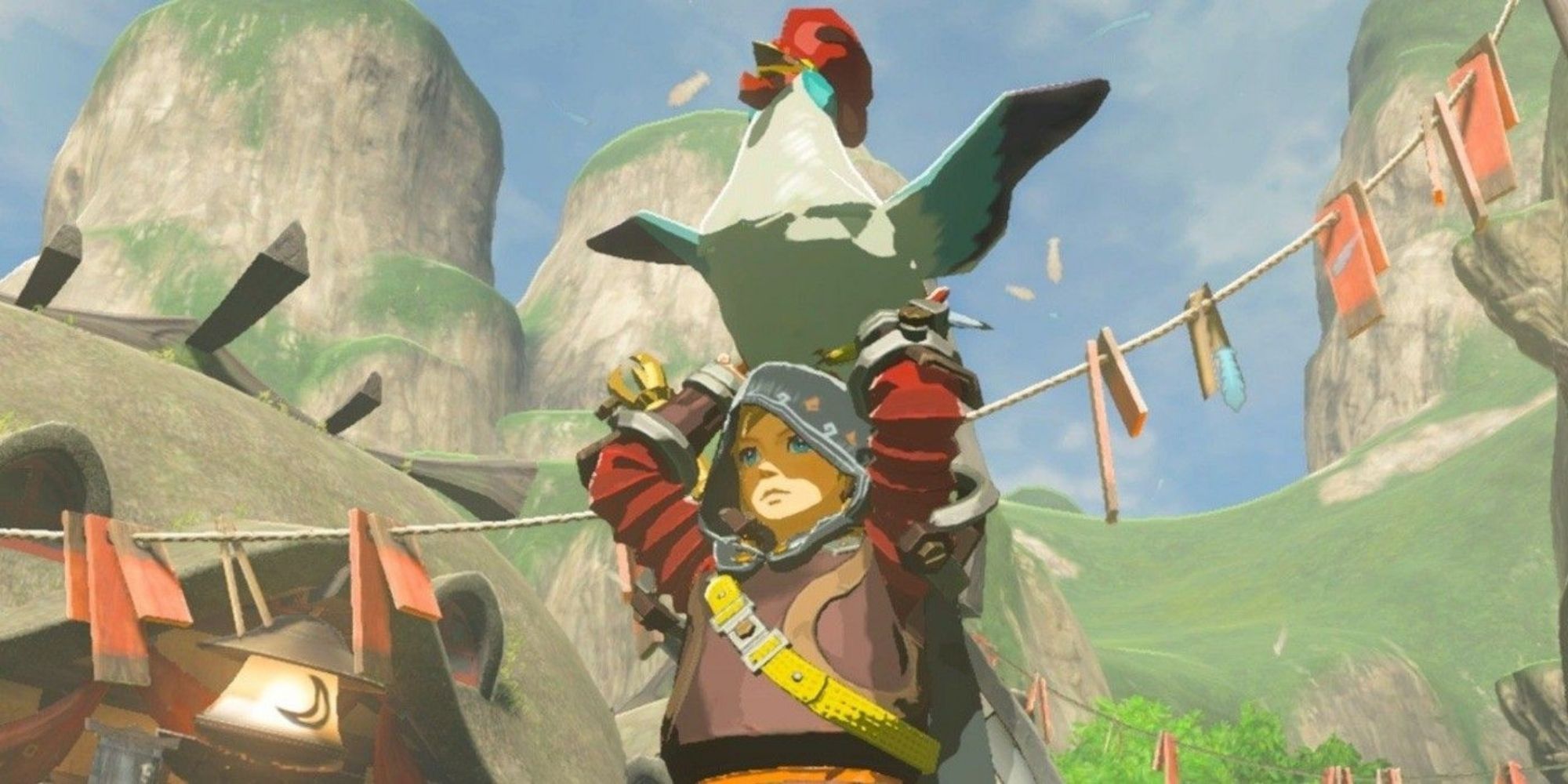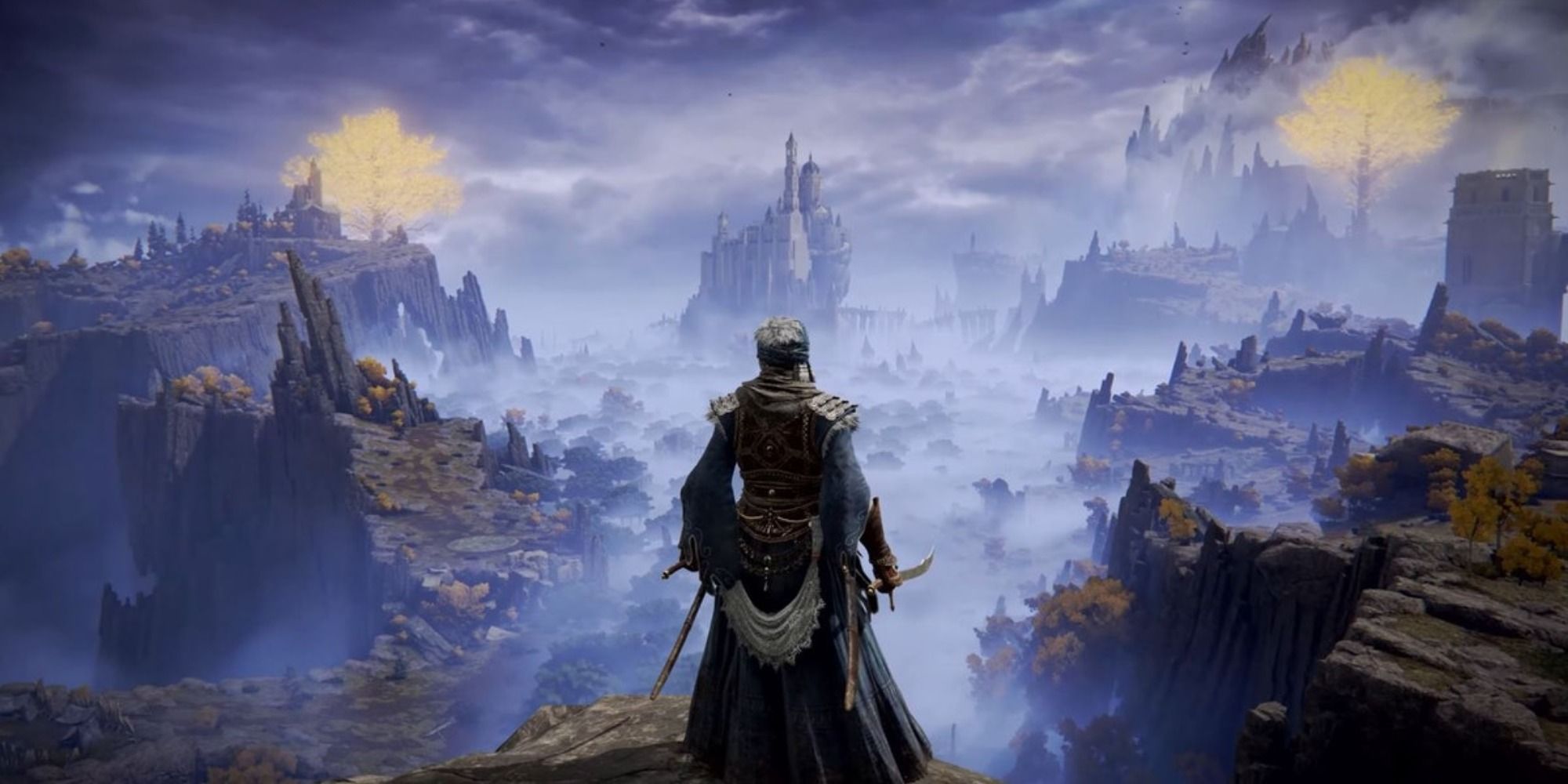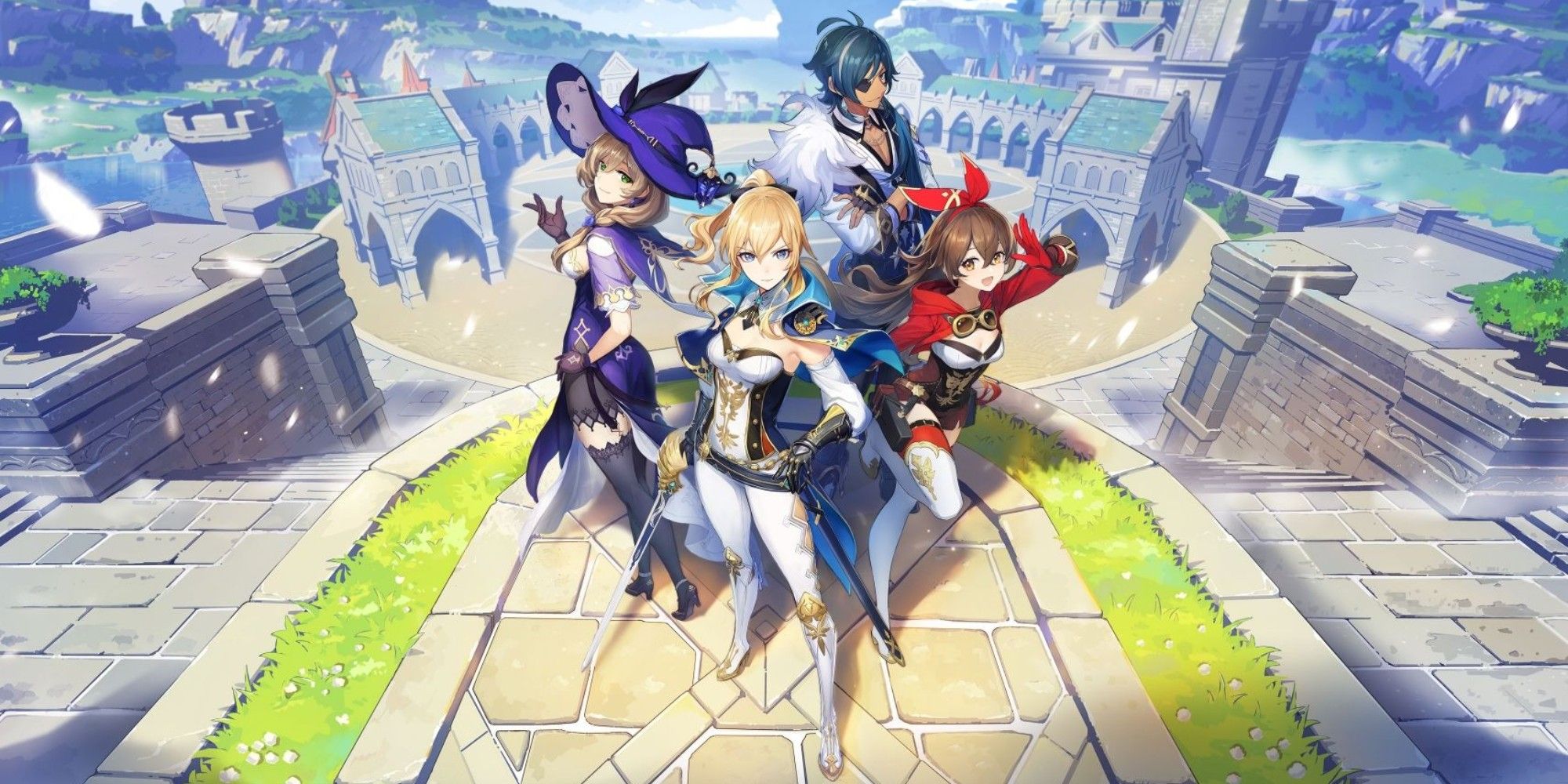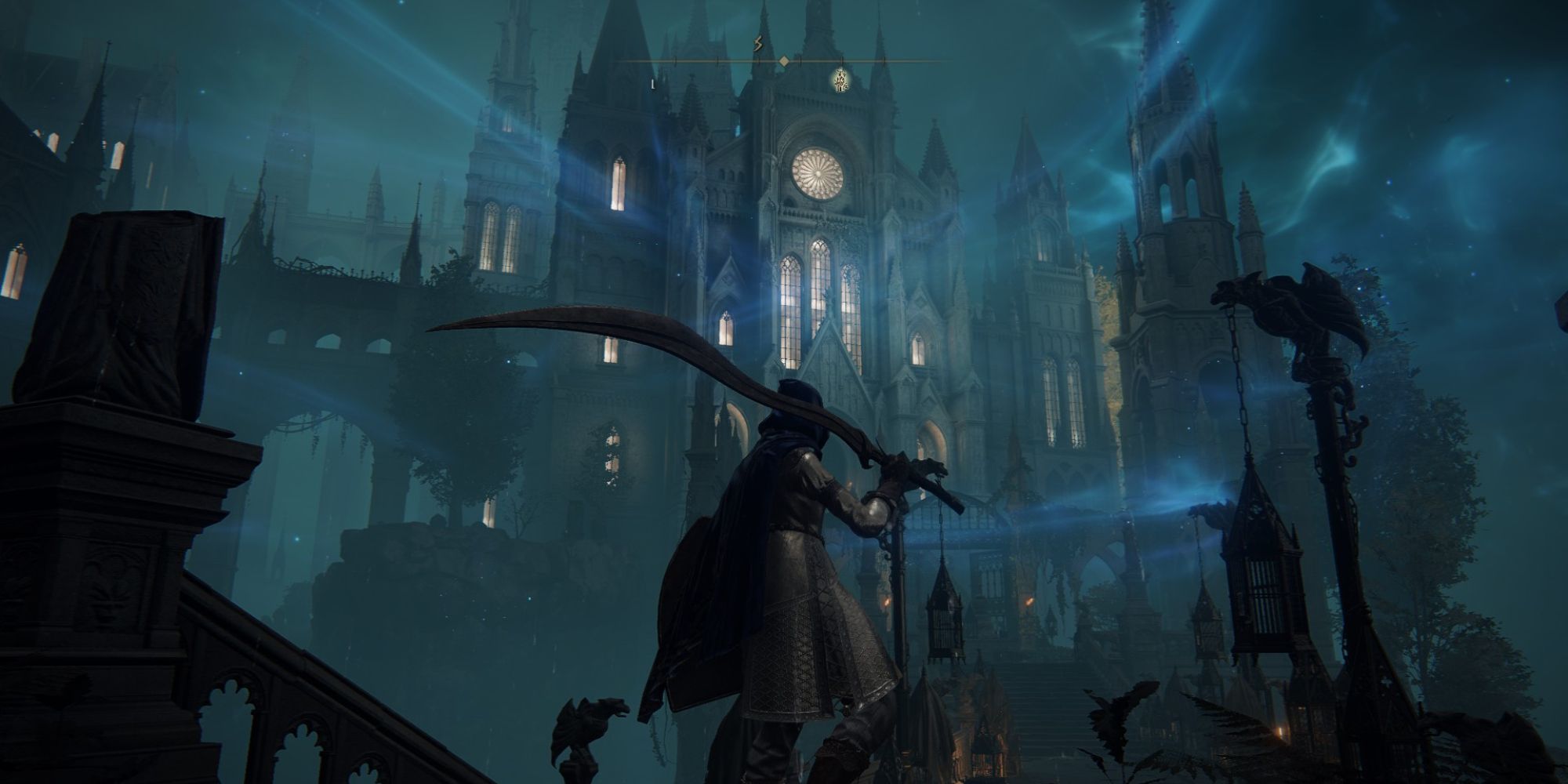Open world-style games have been taking video games by storm over the last decade or so. In a lot of ways, they feel like a fulfillment of the most ambitious dreams that everyone seemed to have for the genre when the medium was fresh and new. Finally, players are able to approach a vast world freely, as opposed to having to be led down a narrow path.
However, as the genre has established itself, it has developed its own conventions. We have seen similar ideas utilized pretty frequently at this point. Thankfully, certain games in the genre have been able to do some of these elements better than others. These games add flourishes that take these simple concepts and make them new and exciting.
10 Puzzle Towers
One of the more common tropes in the open-world genre of games is the watchtower that will reveal sections of the map for you. However, Breath Of The Wild put its own little twist on this open-world trope. In Breath of the Wild, many of the towers act as their own little traversal puzzle.
These towers aren't particularly difficult, but some of them do force you to stop and think about how you should approach them. It is one of the more satisfying examples of this convention in the genre and one we would like to see done more often.
9 Unobtrusive Quests
Quests are a huge part of the open-world genre. They help establish the setting, give you additional ways to interact with the people who live there, and generally provide a wealth of optional content to interact with. At their worst, quests will pollute the map and can be tedious, but at their best, they can really breathe life into the world.
The Witcher 3 definitely deserves a nod for having some fascinating quests that feel like they have substantial implications for the world itself. However, what we really want to talk about are the quests you can encounter in Red Dead Redemption 2. Instead of these quests being something that you start by going to a quest marker, these are events that just sorta occur in your general vicinity. You can choose to take part in them or not. This all lends the world a feeling of genuine veracity.
8 Base Building
This is a staple of the survival genre of open-world games. However, you see it substantially less in the story-based open-world games. Skyrim's version of house building was interesting, but limited, as you were just picking options. Red Dead Redemption 2's house building is fantastic narratively, but it doesn't give you much room to add your own flourishes.
However, while it isn't the smoothest experience in the world, Fallout 4 has a delightfully in-depth style of structure building. While getting different pieces to snap into place can be a little awkward, it allows for an impressive amount of expression. We would love to see more open-world games that aren't purely survival games have these types of building mechanics.
7 Climbing
While Assassin's Creed has made climbing obstacles one of the premier features of the series, it was Breath of the Wild that really let you climb everything. While it wasn't a perfect implementation (we're looking at you, rain), it was certainly very liberating.
It may not make sense to add this same level of freedom to every open-world game, but it is something that would certainly be appreciated in many of them. It definitely beats the janking yourself up a mountain style of Skyrim's "climbing".
6 Destructibility
If there is one thing that Red Faction really nailed, it was its destructible environments. It feels like there was a time when this was thought to be the future of games, but in recent years the destructible environment train seems to have been derailed.
Open-world games bill themselves as being a genre that prioritizes player agency; destructible environments help further that sense of freedom and creativity. Also, blowing stuff up will never not be fun.
5 Nemesis System
This is one of those really interesting, and super specific, elements that has been, unfortunately, under-explored. If you aren't familiar with the nemesis system, it was a gameplay mechanic that was first introduced in Shadow of Mordor. Here, there is a complex social web that you can manipulate. Enemies will be affected by the actions you take.
You can undermine them, or force them to your side. You can be the cause of coups. You can create rivalries. And every time you die, that social web will shift and alter organically. It is such an interesting idea. Unfortunately, we have only seen two games try to implement the system. This may be due to a patent. Still, it is a shame that other games aren't trying to create systems that have a similar level of nuance and intrigue. It really adds to the world in a substantial way.
4 World Interactivity
In Breath of the Wild there are a number of system mechanics that are buried into the world that give the game an incredible amount of depth. Being able to place an item in stasis, hitting it to build kinetic energy, and then hopping on it for a ride isn't something the game tells you about, it is something players just discovered. Even something as simple as gliding using a cucco is pretty cool. You can get lost sorting through videos on YouTube of all the ludicrous interactions that are available.
While these interactions don't, themselves, make the game fun to play, they do add a freeform element of expression that encourages experimentation and play. Hopefully, as more open-world games are released, we will see more of these interesting interactions become the norm.
3 Scenic Guidance
The easiest way to guide a player through an open world is to provide them with a glowing icon on the map. However, this mechanic can be a little cumbersome. Thankfully, we have seen a lighter touch to guiding the player start to emerge. Ghost of Tsushima's guiding wind is an elegant implementation of the classic system. However, games like Breath of the Wild or Elden Ring have allowed the world itself to draw players to noteworthy objectives.
This isn't to say that Elden Ring and Breath of the Wild don't have other means to guide players. You have maps that you can use to help guide you. But the way the worlds have been designed allows you to navigate by observing the environment itself. This is a convention that we hope becomes a standard for the genre.
2 Party Members
Obviously, this isn't something that would work in every open-world game. However, Genshin Impact has shown us that, yes, you can have party members, and they can really add to the game. While Bethesda's open-world games have had companions for quite some time now, you don't typically have much control over them. In Genshin Impact you can freely switch between an army of characters.
This allows you to utilize a large degree of different weapon styles, and elemental skills, keeping the battles feeling fresh and interesting well into your playthrough of the game. Moreover, the elemental interactions are fascinating and allow for nearly endless team builds. Genshin Impact's team approach is a fantastic alternative to Breath of the Wild's weapon durability mechanic, as it encourages a varied style of play, without limiting the player arbitrarily.
1 Meaningful Dungeons
It really feels like when designing open-world games, the dungeons end up being a sacrificial lamb of sorts. There are a lot of caves, or the occasional castle, but a lot of these dungeons don't feel as rewarding as they do in more linear games. Thankfully, Elden Ring has put that notion to rest.
Elden Ring has shown us that you can absolutely have giant, well-designed dungeons. And though they act as bottlenecks, they do not hurt the feeling of exploration and autonomy that exists in open-world games. The legacy dungeons in Elden Ring do a wonderful job of providing a lightly guided experience, while also having a host of approaches that reward exploration and creativity. Hopefully, other series will follow suit, as this has definitely been a weaker aspect of the genre. Elden Ring's legacy dungeons have changed the game.
Source: Read Full Article
